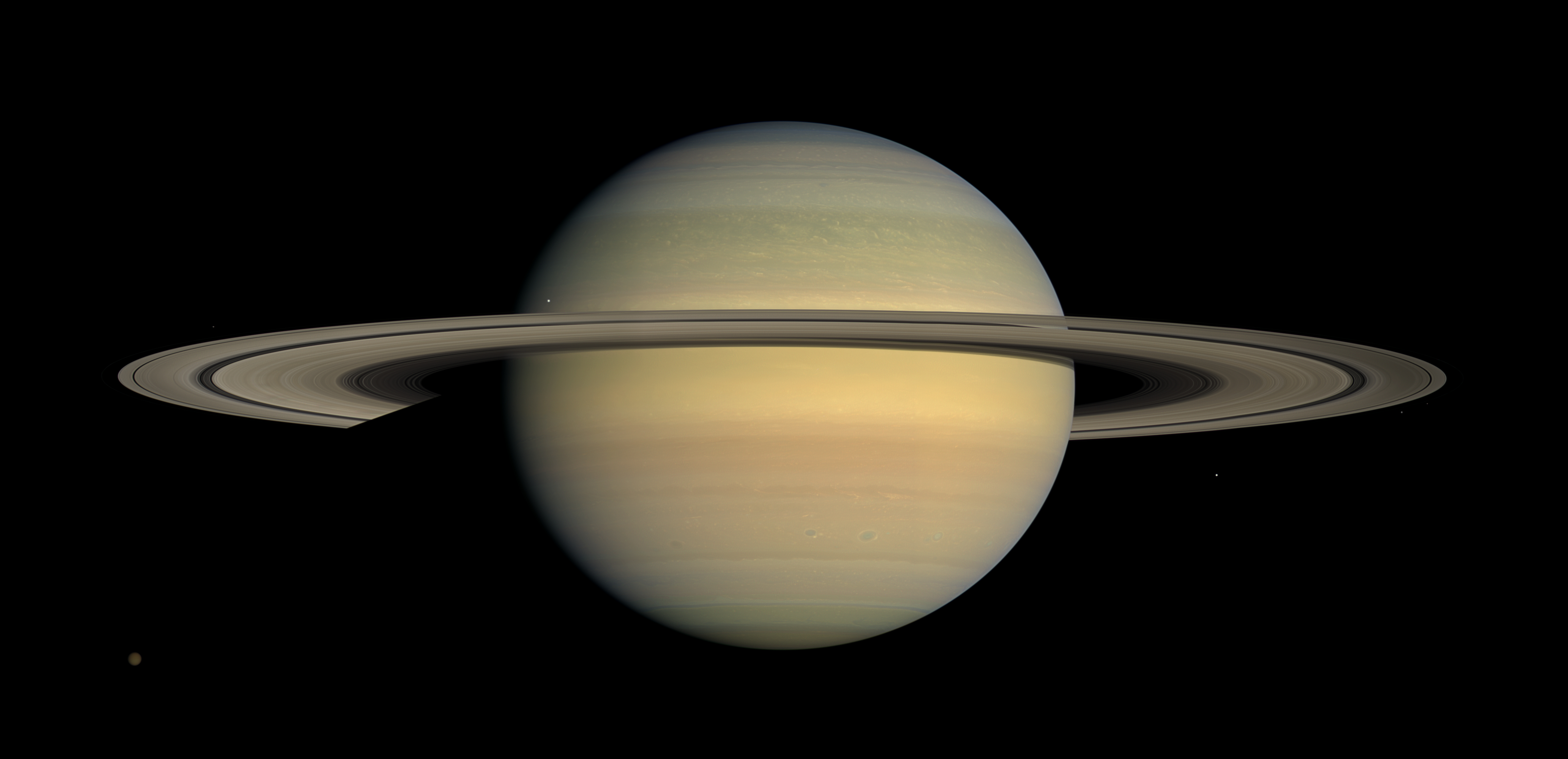Our Solar System
This is an educational cache series based on one in Auckland, NZ which was great fun, and actively interesting.
The basis of the cache series is to understand the relative orbits of the planets around our sun. The Sun is the Solaris Sundial located in Argyle Court in Carlton. An amazing area and a great way to pass the time. You in fact will never be without the time again at this location.
The premise of the series is the AU or Astronomical Unit. It is the (average) distance from the Sun to the Earth. This approximately 149,600,000 km, so the map you will describe when visiting the caches is a 1:149,600,000 scaled representation of the solar system, thus 1AU is 1km. You will find each of the planets in their (approximate) place at a distance from the Solaris Clock.

Each cache in the series is a planetary body. These of course are:
Purists and astrophysicists may also argue that the asteroid belt and Kuiper belt are also worth mentioning, as are some of the other planetoids. For the sake of this series, we will stick with the "main" ones. If you want to learn more though, who am I to stop you!
 Saturn
Saturn
This the sixth and second largest planet in our solar system, known for its spectacular rings.
To find out much more about the planet, visit the Wikipedia page.
Quick facts:
- Distance from Sun 9.6 AU (average)
- Orbits the sun every 29.5 years
- Temperature averages 134K.
- Mainly composed of Hydrogen and Helium (Gas Giant)
- Has 62 named moons and many other moonlets
- Named after the Roman God of agriculture.
- You could not live there...